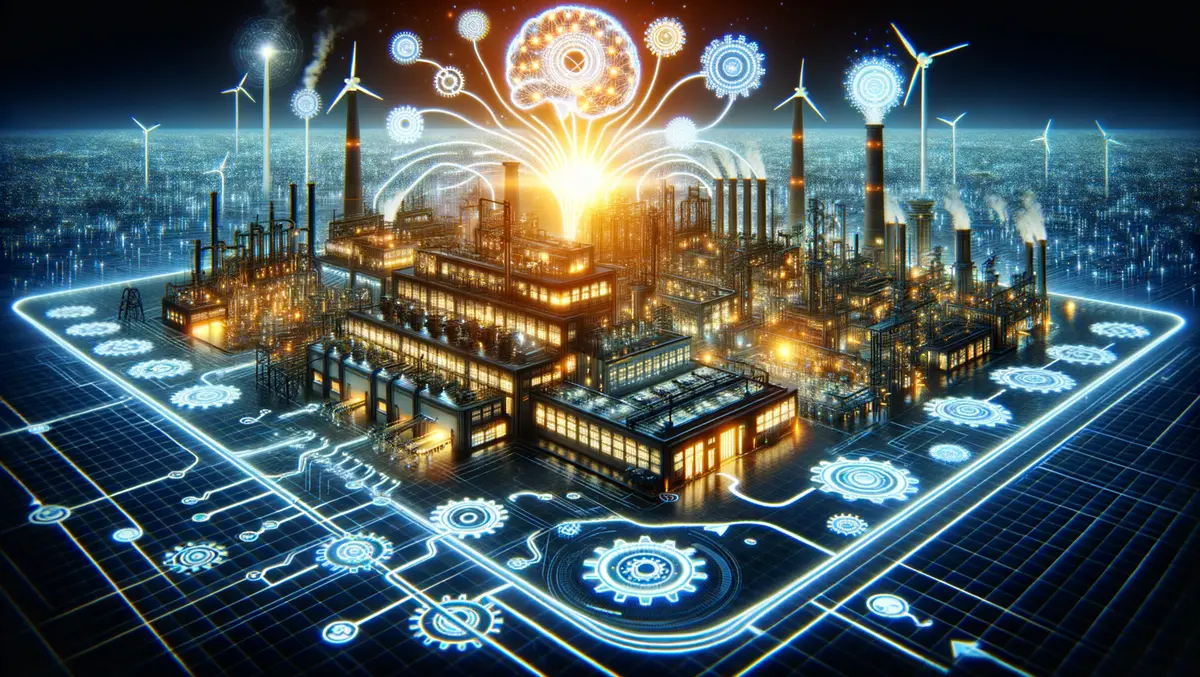
Intel unveils Foundry for AI integration & technology evolution
Intel has launched its Intel Foundry, a system that integrates the company's technology development manufacturing, supply chain, and foundry services to aid in the wide implementation of Artificial Intelligence (AI). The company also revealed a new process roadmap for a fresh process node and a variety of process node evolutions created for Intel's foundry clients.
Intel Foundry claims to be the globe's first systems foundry developed specifically for the era of AI, with a focus on providing leadership in technology, resilience and sustainability. Alongside the launch, a new roadmap has been unveiled, featuring Intel 14A process technology, specialised node developments, and the newly introduced Intel Foundry Advanced System Assembly and Test (ASAT) capabilities, aimed at aiding customers in realising their AI aspirations.
Among the key highlights of the new foundry is the decision by Microsoft to choose a chip design that it plans to manufacture using the Intel 18A process. Additionally, Ecosystem partners Synopsys, Cadence, Siemens, and Ansys have stressed their readiness to facilitate accelerated chip designs for Intel Foundry customers with tools, design flows, and IP portfolios that are incorporated with Intel's advanced packaging and the new Intel 18A process technologies.
The first Intel Foundry Direct Connect event served as the platform for these announcements, involving customers, industry leaders, and companies from the ecosystem. Among the participants were U.S. Secretary of Commerce Gina Raimondo, Arm CEO Rene Haas, Microsoft CEO Satya Nadella, and OpenAI CEO Sam Altman.
Pat Gelsinger, Intel CEO, mentioned the transformative power of AI on technology and the new foundry's opportunity. He said, "This is creating an unprecedented opportunity for the world's most innovative chip designers and for Intel Foundry, the world's first systems foundry for the AI era. Together, we can create new markets and revolutionise how the world uses technology to improve people's lives."
The new roadmap includes evolutions for Intel 3, Intel 18A, and Intel 14A process technologies. It offers Intel's ambitious "five-nodes-in-four-years" (5N4Y) process, which is expected to provide the industry's first backside power solution. Intel's leaders assume that the company will regain process leadership with Intel 18A in 2025.
Microsoft CEO Satya Nadella stated during Pat Gelsinger's keynote that Microsoft had chosen a chip design for production on the Intel 18A process. He mentioned, "We are in the midst of a very exciting platform shift that will fundamentally transform productivity for every individual organisation and the entire industry. To achieve this vision, we need a reliable supply of the most advanced, high-performance and high-quality semiconductors. That's why we are so excited to work with Intel Foundry, and why we chose a chip design to produce on Intel 18A process."
Intel Foundry has scored design victories across several generations, including Intel 18A, Intel 16 and Intel 3, along with substantial customer volume on Intel Foundry ASAT capabilities, including advanced packaging. The promising deal value for the Intel Foundry, encompassing wafer and advanced packaging, is said to exceed $15 billion.
Intel's new foundry approach expands beyond software to offer full-stack optimisation from the factory network. Stuart Pann, senior vice president of Intel Foundry at Intel said, "We are offering a world-class foundry, delivered from a resilient, more sustainable and secure source of supply, and complemented by unparalleled systems of chips capabilities. Bringing these strengths together gives customers everything they need to engineer and deliver solutions for the most demanding applications."
Intel has also emphasised on its sustainability initiative, using 99% renewable electricity in its factories globally in 2023, and aiming to attain 100% renewable electricity globally, net-positive water, and zero waste to landfills by 2030. Intel also reinforced its commitment to achieve net-zero Scope 1 and Scope 2 GHG emissions by 2040 and net-zero upstream Scope 3 emissions by 2050.


